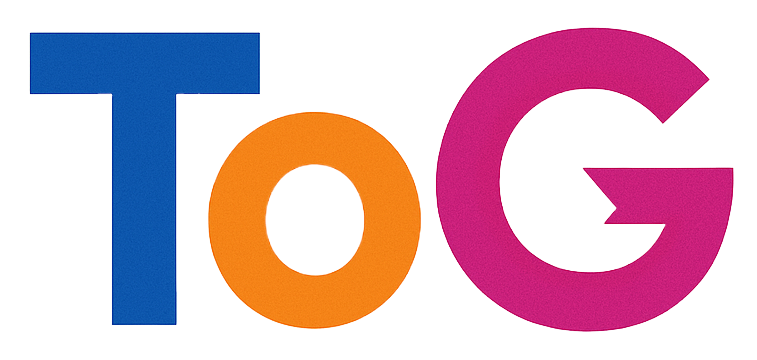BERT (Bidirectional Encoder Representations from Transformers) did not supersede RankBrain in Google’s search algorithm. Instead, BERT is an additional layer that works alongside RankBrain and other components of Google’s algorithm to understand and process search queries and web page content. Here’s how they function together:
RankBrain
- Earlier Implementation: RankBrain was introduced by Google in 2015 as one of the first AI-driven algorithms used to interpret search queries, especially those that are unique, ambiguous, or haven’t been seen before.
- Contextual Understanding: RankBrain helps Google’s search engine understand the context of words within a query, contributing to delivering more relevant search results.
BERT
- Advanced Language Understanding: Introduced in 2019, BERT is a more advanced neural network-based technique for natural language processing. It’s particularly adept at understanding the nuances and context of language in search queries.
- Bidirectional Context: Unlike RankBrain, BERT analyzes the context of words in search queries in a bidirectional way, meaning it looks at the words that come both before and after a given word to understand the full context, which is a more natural way of processing language.
Coexistence and Complementarity
- Working Together: BERT and RankBrain coexist within Google’s search algorithm and complement each other. While BERT offers a more nuanced understanding of language, RankBrain is still valuable for interpreting the meaning of queries and contributing to the overall understanding process.
- Use Depending on Query: Google may use BERT, RankBrain, or a combination of these and other technologies, depending on the specific nature of a search query. Some queries may benefit more from the nuanced understanding of BERT, while others might be better served by RankBrain’s capabilities.
Implications for SEO
- Focus on Quality and Relevance: The use of both BERT and RankBrain reinforces the importance of creating high-quality, relevant, and context-rich content. This means focusing less on keywords and more on the overall context and user intent.
- Natural, User-Focused Content: With these AI advancements, it’s increasingly important to write content that’s natural, user-focused, and answers real questions that users might have.
Rather than superseding RankBrain, BERT enhances Google’s ability to understand and process the natural language found in search queries and on web pages. Both algorithms play a role in Google’s ongoing effort to improve the accuracy and relevance of search results, highlighting the importance of nuanced, contextually accurate, and user-focused content in SEO strategies.
Would you like to know more about how to optimize content in the era of BERT and RankBrain, or have other questions regarding SEO and Google’s algorithms?
Do RankBrain and BERT Give Separate Opinions?
Do BERT and RankBrain both return a value on a page or article or do they interact in other ways?
RankBrain and BERT, as components of Google’s search algorithm, don’t provide “opinions” in the human sense. Instead, they are AI-driven technologies that work together to interpret and process search queries and web content to determine the most relevant search results. They don’t function as separate entities offering distinct opinions, but rather as integrated parts of a complex whole, each contributing in its way to Google’s understanding of queries and content. Here’s how they complement each other:
Collaborative Functioning
- Integrated Analysis: When processing a search query, Google’s algorithm may utilize insights from both RankBrain and BERT, along with other elements of the algorithm, to understand and rank results. This is not a case of getting separate “opinions” but rather of synthesizing insights from multiple advanced AI technologies.
- Complementary Roles: RankBrain and BERT each have strengths that complement each other. RankBrain is particularly effective for queries with ambiguous meanings or for which Google hasn’t seen exact matches before. BERT excels in understanding the nuances of language, particularly the context in which words are used.
How They Influence Search Results
- Query Interpretation: Both technologies contribute to interpreting the user’s intent behind a query. For example, BERT might be more effective in understanding the context of prepositions in a query, while RankBrain could be instrumental in discerning the meaning of less common or new queries.
- Content Relevance: In terms of content, they help Google to match the most relevant and authoritative content to a user’s query by better understanding the content’s context and the query’s intent.
SEO Implications
- Content Optimization: For SEO, this means focusing on creating well-written, informative, context-rich content. It’s more about addressing the user’s intent and providing comprehensive answers than about optimizing for specific keywords.
- User-Focused Approach: The combined capabilities of BERT and RankBrain reinforce the need for a user-focused approach in content creation. The content should be naturally written, engaging, and valuable to the reader.
RankBrain and BERT work in tandem within Google’s algorithm, each enhancing the search engine’s ability to understand and process search queries and web content. They don’t give separate “opinions” but rather contribute jointly to the sophisticated mechanism that determines the most relevant and high-quality search results.
Understanding how these AI technologies influence search results can help in tailoring SEO strategies to focus more on content relevance, quality, and user intent.

